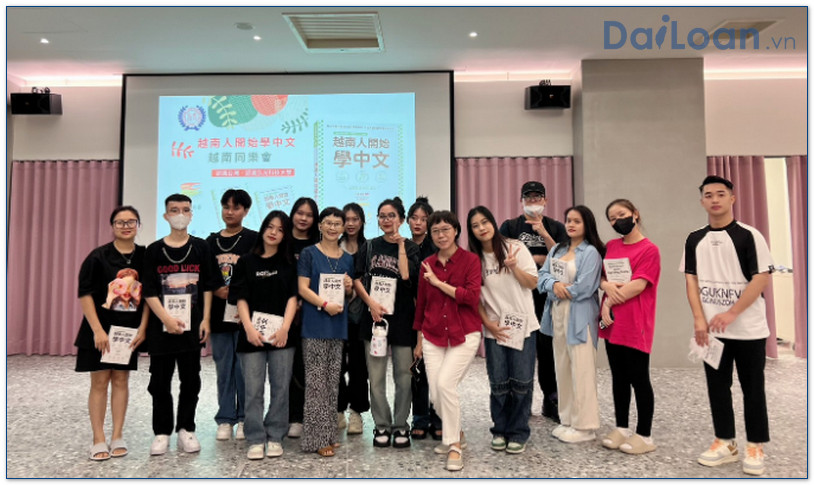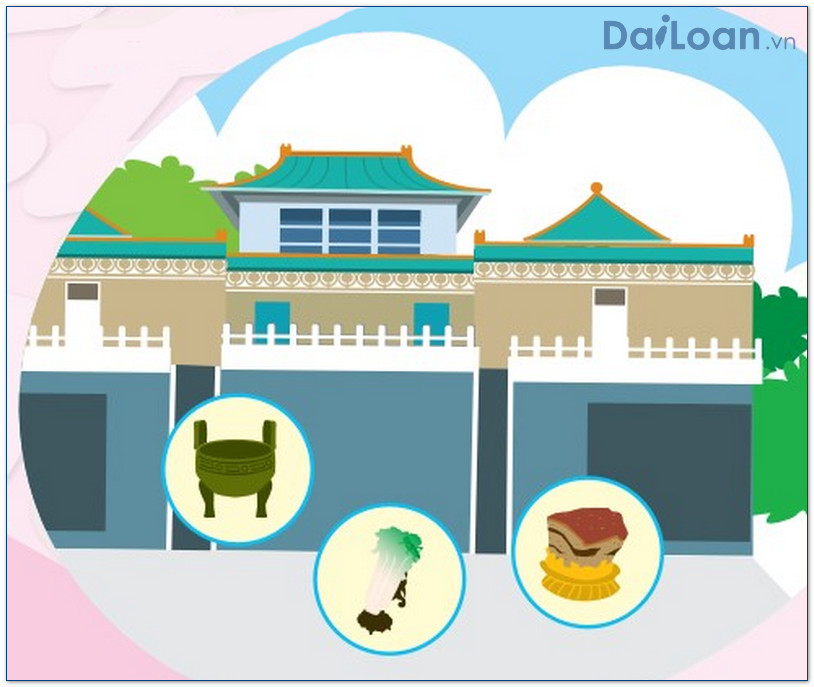In the vast tapestry of the Chinese language, the term 相異 (xiāng yì) stands out as a significant concept that encapsulates differences and distinctions. This article delves into the meaning, grammatical structure, and practical usage of 相異, making it easier for learners and enthusiasts of Mandarin Chinese to grasp its nuances.
What Does 相異 (xiāng yì) Mean?
The Chinese term 相異 (xiāng yì) translates to “different” or “dissimilar” in English. It is often used to describe variations or distinctions between people, ideas, objects, or phenomena. The term can also imply not only the apparent differences but also a deeper understanding of diverse perspectives or attributes.
Breaking Down the Characters
To fully understand 相異, it’s essential to break down its individual characters:
- 相 (xiāng): This character generally means “mutual” or “each other.” It suggests a relational aspect, indicating that the differences are made evident when comparing two or more entities.
- 異 (yì): This character means “different” or “unusual.” It conveys the essence of dissimilarity, which is central to the meaning of 相異.
Grammatical Structure of 相異
Understanding the grammatical structure of 相異 is vital for effective communication in Chinese. Here’s how it functions within sentences:
Position and Usage
相異 functions primarily as an adjective and can be used to describe nouns directly. It can also be employed in various grammatical constructions:
- As an adjective: 相異 can be placed before a noun to indicate that the noun exhibits differences. Example: 这两本书相異。 (These two books are different.)
- In comparisons: 相異 is often used in comparative structures to highlight distinctions. Example: 尽管他们是兄弟,但他们的性格相異。 (Although they are brothers, their personalities are different.)
Example Sentences Using 相異
To solidify your understanding of 相異, here are some example sentences illustrating its application:
Simple Examples
- 这两个画作风格相異。 (The styles of these two paintings are different.)
- 他们的观点相異,使得讨论很有趣。 (Their viewpoints differ, making the discussion very interesting.)
More Complex Sentences
- 虽然这两个地区的文化相異,但人们的生活习惯有很多共同之处。 (Although the cultures of these two regions are different, there are many similarities in people’s living habits.)

- 科技的发展使不同国家的教育体系相異。 (The development of technology has led to differences in the education systems of various countries.)
Conclusion
In conclusion, 相異 (xiāng yì) serves as a vital term that embodies the concept of differences within the Chinese language. Its grammatical structure allows for flexible usage in both simple and complex sentences, providing a deepened understanding of how to articulate dissimilarities. By incorporating 相異 into your vocabulary, you can enrich your communication skills in Mandarin and appreciate the beauty of varied perspectives.
As you continue your journey in learning Chinese, remember that grasping the subtleties of terms like 相異 not only aids in language proficiency but also fosters a broader understanding of cultural nuances. Happy learning!

Sứ mệnh của Chuyên là giúp đỡ và truyền cảm hứng cho các bạn trẻ Việt Nam sang Đài Loan học tập, sinh sống và làm việc. Là cầu nối để lan tỏa giá trị tinh hoa nguồn nhân lực Việt Nam đến với Đài Loan và trên toàn cầu.
CÓ THỂ BẠN QUAN TÂM
Du học Đài Loan
Lao Động Đài Loan
Việc Làm Đài Loan
Đơn Hàng Đài Loan
Visa Đài Loan
Du Lịch Đài Loan
Tiếng Đài Loan
KẾT NỐI VỚI CHUYÊN
Zalo: https://zalo.me/0936126566
Website: www.dailoan.vn




